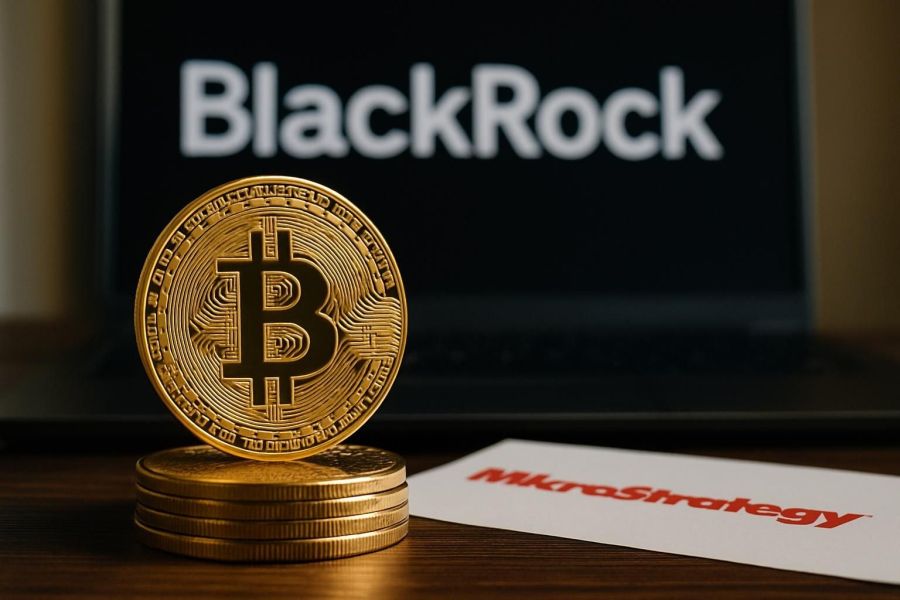The Lightning Network has evolved from an experimental Layer 2 solution into a practical payment infrastructure, especially in small communities and tourist hubs around the world. Recent developments show it being embraced not just for convenience, but as a tool for financial inclusion and economic growth.
Praia Bitcoin Brazil: Lightning Works Better Than Visa
A two-year-old pilot in Brazil known as “Praia Bitcoin” (Bitcoin Beach Brazil) has demonstrated that peer-to-peer Lightning transactions can outperform traditional card systems in speed and cost. The project, active in Jericoacoara, set local records and enabled small merchants and schools to accept BTC over Lightning with minimal fees (source [1] – Forbes).
Global Milestone: 4,001 Lightning Payments in a Day
At the Bitcoin 2025 Conference, participants broke a Guinness World Record by completing 4,001 Lightning transactions in just eight hours. This milestone emphasized the network's increasing transaction capacity and growing readiness for mainstream use (source [2] – AInvest).
Ready for Enterprise: Lightning Cuts Fees by 50%
According to a recent Aurpay report, Lightning's adoption by enterprise platforms—including support for stablecoins like USDT—has led to a 50% reduction in transaction fees and billions in daily volume. This signals a shift from niche use to real-world business utility (source [3] – Aurpay).
Implications for Bitcoin Adoption
These developments highlight Lightning’s potential as a scalable, low-cost network for everyday transactions. From beach towns to enterprise systems, the trend suggests Lightning is becoming foundational for Bitcoin’s next growth phase.










